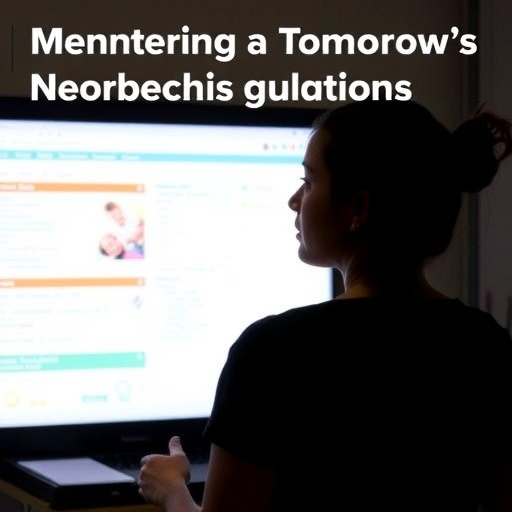The Network for Excellence in Neuroscience Clinical Trials, or NeuroNEXT, a research program that helps streamline Phase II clinical trials for brain disorders, has been renewed for five more years, with several new centers joining the program. NeuroNEXT is supported by the National Institute of Neurological Disorders and Stroke (NINDS), part of the National Institutes of Health.
"One of the advantages of NeuroNEXT, and something that makes it unique, is the network's ability to quickly mobilize a group of specialists from a certain disease area to initiate a clinical study when opportunities emerge for trials," said Robin Conwit, M.D., program director at NINDS. "The structure of NeuroNEXT, with its broad focus across neuroscience clinical studies, has the potential to reach many individuals who are affected by brain disorders."
NeuroNEXT was started in 2011 to make neuroscience clinical trials more efficient and to help increase the number of treatments that get into clinical practice. The program is designed to encourage collaborations between academic centers, disease foundations, and industry. If a researcher is considering a Phase II clinical study, but does not have the experience to conduct it, he or she can apply to the NeuroNEXT program to leverage the resources that are available at the participating centers. For example, NeuroNEXT centers can provide equipment, standardize data acquisition and analysis, or help with patient recruitment. In addition, since each study takes place simultaneously in several different clinical centers, it takes less time to enroll the targeted number of patients than would be the case with a single center study.
"To date, nine clinical trials currently in various stages have been implemented in the NeuroNEXT network, showing that this innovative approach to research can help expedite clinical research and help get treatments to patients faster," said Codrin Lungu, M.D., NINDS program director. "We are thrilled to continue working with the sites that have been participating in the network, and we look forward to collaborating with the eight sites that will be joining the program."
###
For a full list of NeuroNEXT grantees, visit: https://neuronext.org/clinical-sites
The NINDS is the nation's leading funder of research on the brain and nervous system. The mission of NINDS is to seek fundamental knowledge about the brain and nervous system and to use that knowledge to reduce the burden of neurological disease.
About the National Institutes of Health (NIH): NIH, the nation's medical research agency, includes 27 Institutes and Centers and is a component of the U.S. Department of Health and Human Services. NIH is the primary federal agency conducting and supporting basic, clinical, and translational medical research, and is investigating the causes, treatments, and cures for both common and rare diseases. For more information about NIH and its programs, visit http://www.nih.gov.
Media Contact
Barbara McMakin
[email protected]
@NINDSnews
http://www.ninds.nih.gov




